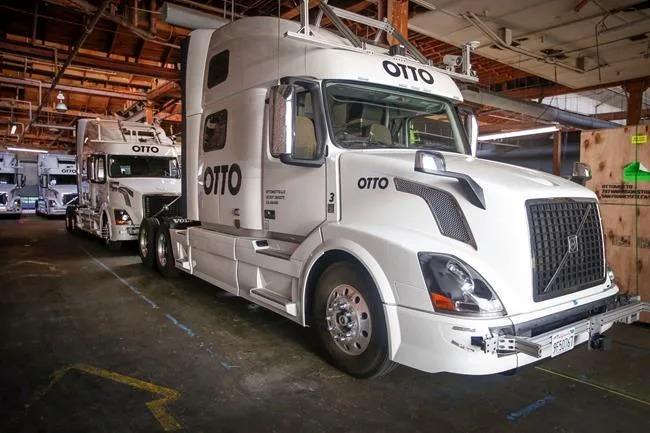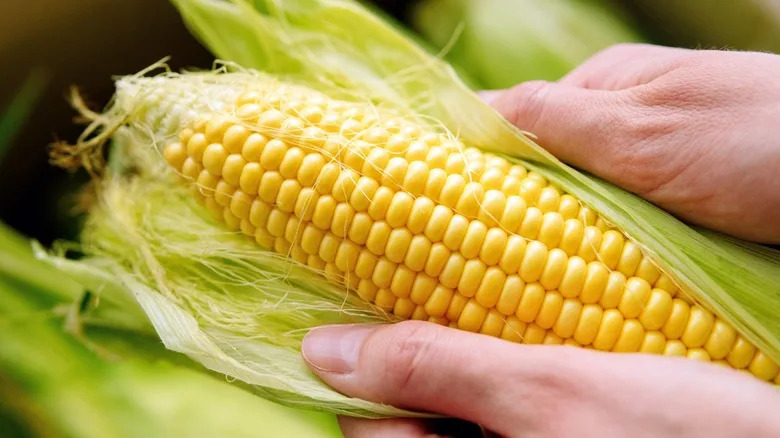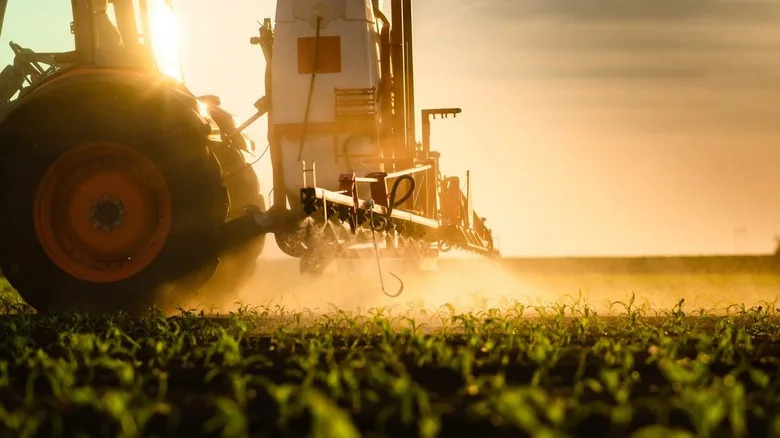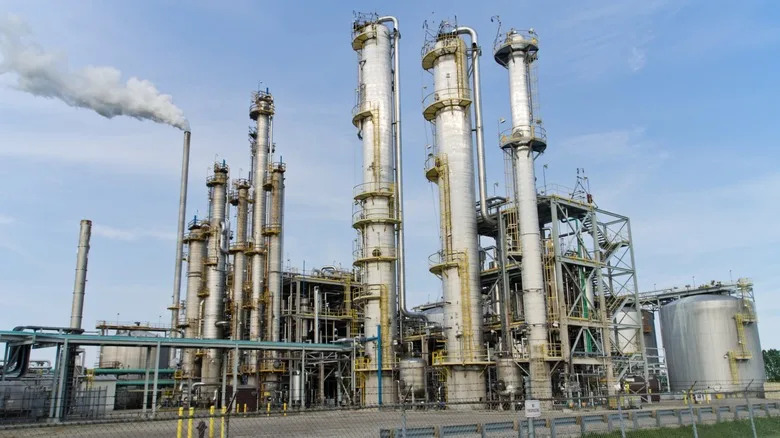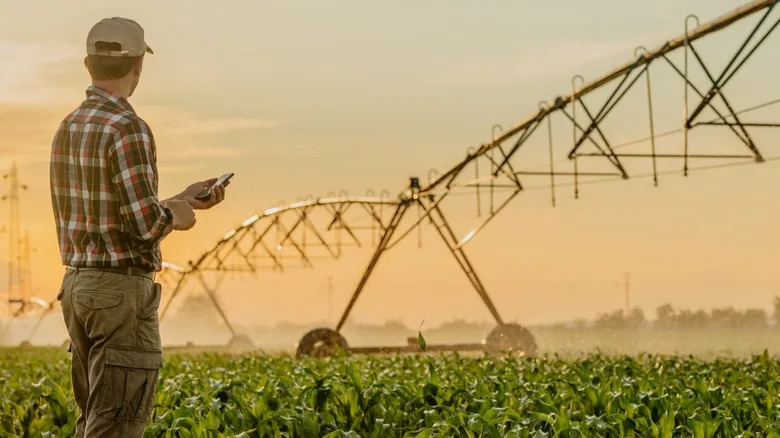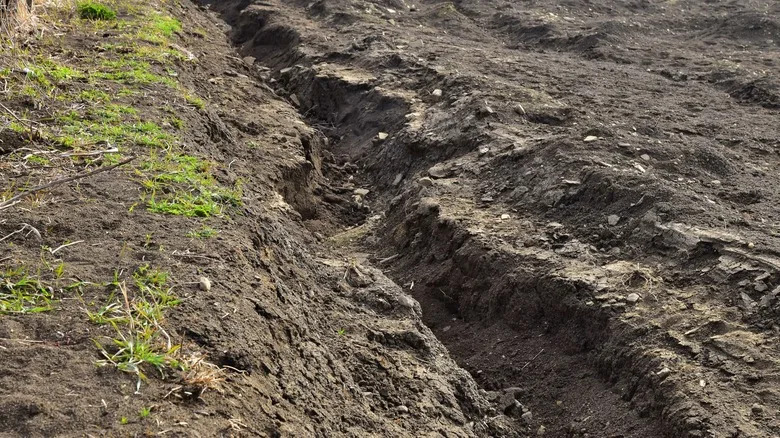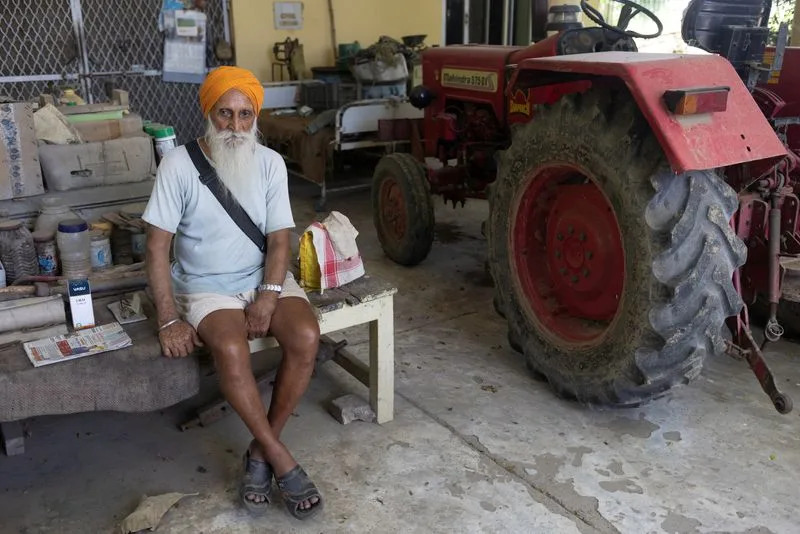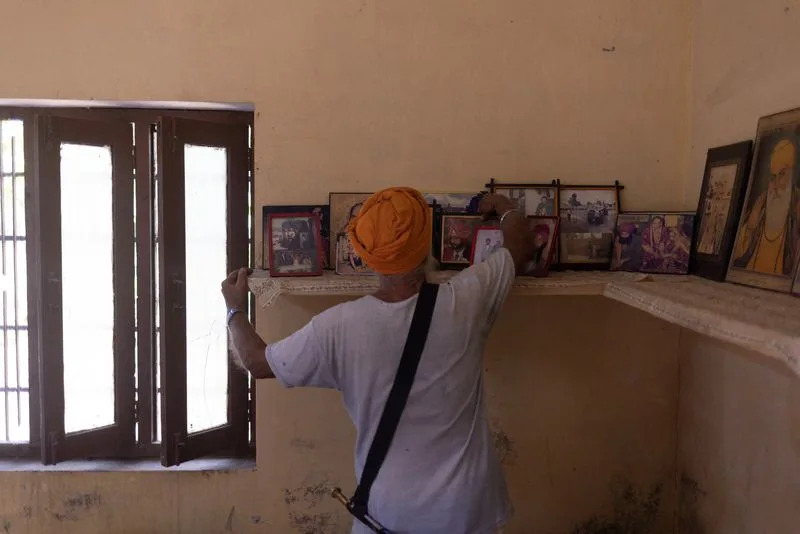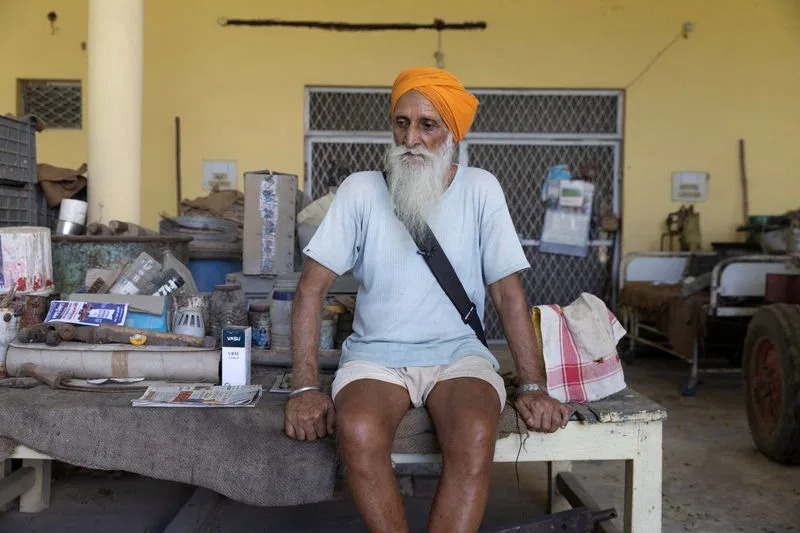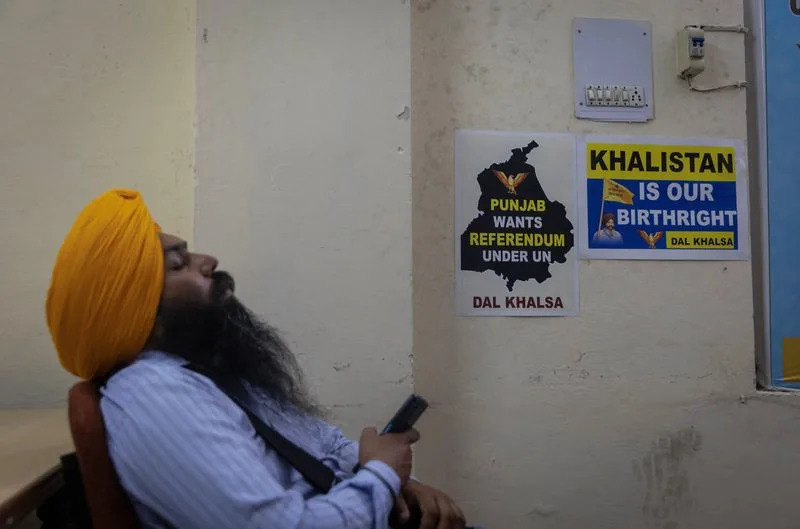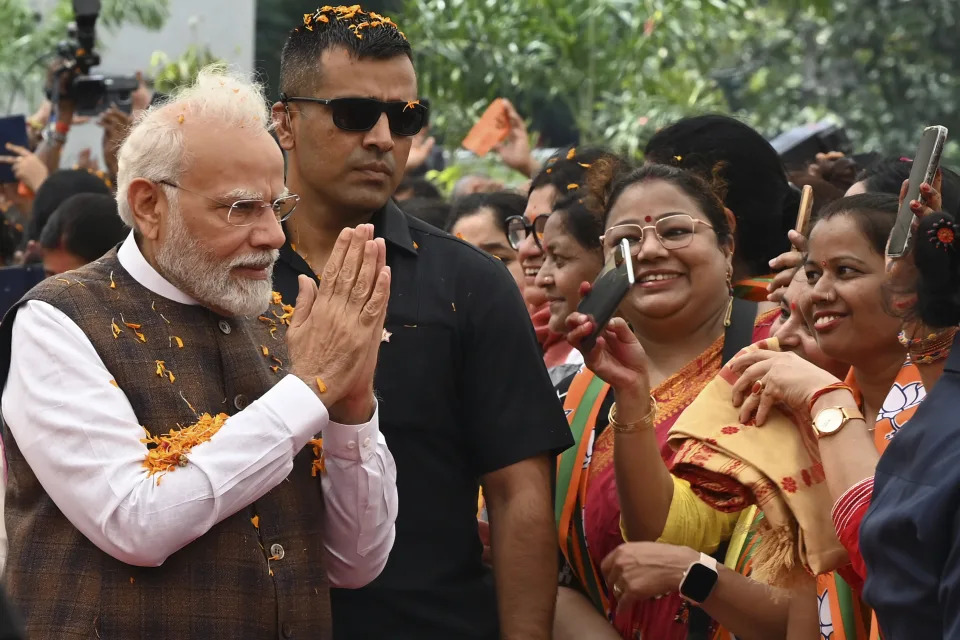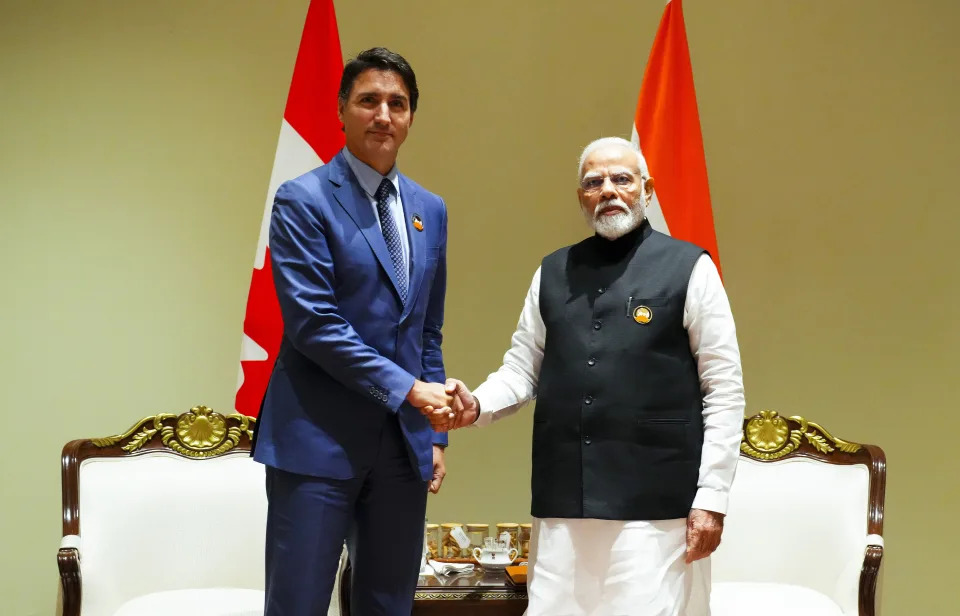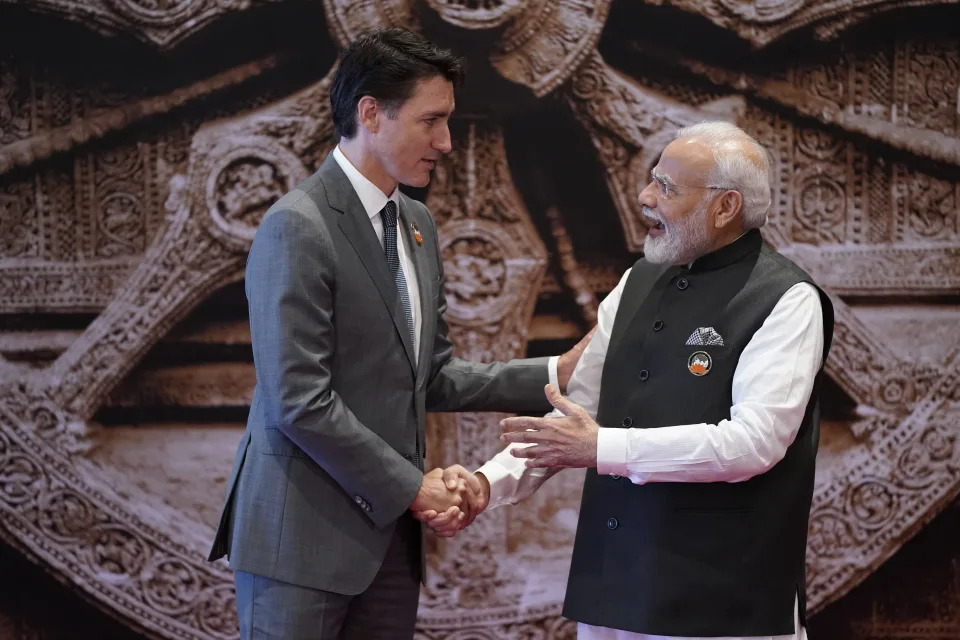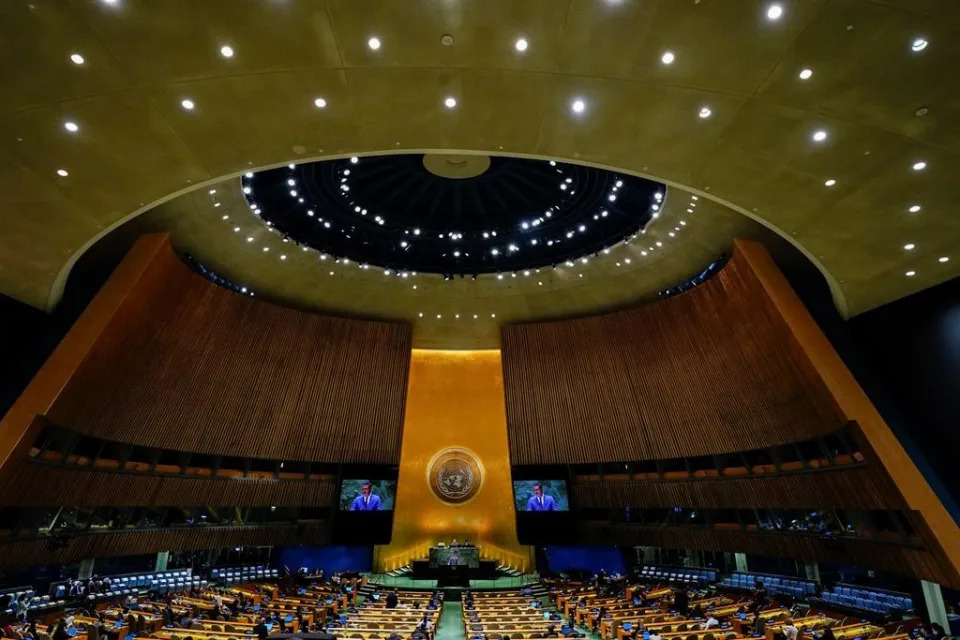Sun, September 24, 2023
NEW YORK (AP) — The second Republican presidential debate will be broadcast Wednesday on Fox Business Network and Univision, but the exclusive online livestream will take place on Rumble, an alternative video-sharing platform that has been criticized for allowing— and at times promoting — far-right extremism, bigotry, election disinformation and conspiracy theories.
By bringing viewers to Rumble to watch the GOP debate, as it did with the first one last month, the Republican National Committee is driving potential voters to a site crawling with content that flouts the rules of more mainstream ones such as Facebook, Instagram and YouTube.
Earlier this year, RNC Chairwoman Ronna McDaniel said using Rumble instead of YouTube as its livestreaming partner was a decision aimed toward " getting away from Big Tech.”
Asked about the criticism against the platform, the RNC said in an emailed statement that “hate, bigotry and violence is unfortunately prevalent on every social media platform, and the RNC condemns it entirely, but the RNC does not manage content or pages outside of our own.”
Rumble, founded in 2013, prides itself on being “immune to cancel culture.” Its website says “everyone benefits when we have access to more ideas, diverse opinions, and dialogue.”
That approach has catapulted the site to popularity in recent years as many conservatives have sought alternative social media companies that won't remove their posts or suspend their accounts for false or inflammatory content. The company, which went public in 2022, has been backed by conservative donors such as venture capitalist Peter Thiel and Republican Sen. J.D. Vance of Ohio.
It has grown to average 44 million active users per month, according to its most recent quarterly filing. By comparison, its closest mainstream cousin, the Google-owned video service YouTube, has billions of monthly logged-in users, a spokesperson said.
It's hard to gauge to what extent the debates have affected Rumble's user base because the company hasn't released that data yet. But it's clear the company's reach is growing. Desktop and mobile web data from the research firm Similarweb, which doesn't include traffic from apps, shows the platform had about double the number of unique visitors in August 2023 as it did the year before.
Rumble’s web traffic also is consistently much higher than that of other right-wing social media platforms, such as Truth Social, Gab, or Gettr, according to Similarweb’s analysis.
Politicians have taken notice. Since the Republican presidential primary contest began, several candidates have started posting their campaign videos on the platform, including Florida Gov. Ron DeSantis, biotech entrepreneur Vivek Ramaswamy and current GOP front-runner Donald Trump. Democratic challenger and anti-vaccine activist Robert F. Kennedy Jr. also has a profile on the site.
Yet as Rumble's influence has grown, the platform continues to be overwhelmed by content that denies the results of the 2020 election, pushes bigoted views about race and gender, and encourages harmful conspiracy theories.
In the weeks since the first debate, the site’s leaderboard of top-performing content, which is featured prominently on Rumble's home page, has regularly included multiple accounts that promote QAnon, a baseless conspiracy theory that has led to violent incidents and deaths.
A search for “election” on the platform populates videos that falsely claim the so-called deep state cheated in the 2020 presidential election, and that the 2024 election already has been rigged.
An analysis from NewsGuard, a firm that monitors online misinformation, found last year that nearly half the videos suggested by Rumble in response to searches for common election-related terms came from untrustworthy sources.
Rumble's press team said the company is not responsible for the content in the leaderboard and search functions. In an emailed response, they said the leaderboard rankings are generated from the most liked recent videos on the site.
“Rumble is a platform and does not create content, just as other social media platforms host content without producing or endorsing it," the email said.
The company's response pointed out that even YouTube has announced it will no longer take action against claims of fraud in the 2020 election. However, YouTube, unlike Rumble, has said it will continue to remove content that tries to deceive voters in the 2024 elections.
Meta, which runs Facebook and Instagram, also has quietly rolled back some of its safeguards against election misinformation in recent years. But it has continued several other initiatives such as its third-party fact-checking program, which enlists the help of news outlets to investigate the veracity of popular falsehoods spreading on Facebook or Instagram. The Associated Press is part of that effort.
Beyond election fraud claims and conspiracy theories, Rumble also has come under fire for being slow to respond to hate speech and calls for violence.
Ahead of the first GOP debate last month, the live feed for the GOP’s official pre-show on Rumble was overridden with racial slurs and bigoted comments. The episode was then hidden from public view. The RNC said it was taken down to direct users to the debate livestream and avoid confusing viewers with multiple videos.
Trump’s campaign videos on Rumble also have generated violent and hateful user responses, including a threatening comment on a recent video that asserted President Joe Biden should be hanged. Other comments on his recent videos told Trump to “execute” Democrats and suggested that someone should “build a lot of gallows.”
Rumble said it removed those comments in response to AP's inquiry. It said the posts violated the platform's content policies that ban “the incitement of violence, illegal content, racism, antisemitism, promoting terrorist groups (designated by US and Canadian governments), and violating copyright, as well as many other restrictions.”
Later, in a post on X, the platform formerly known as Twitter, Rumble founder Chris Pavlovski responded to the AP's inquiry by saying the posts were “a few comments out of millions.”
It's difficult to say conclusively whether Rumble has more hateful, extreme or conspiracy theory content than competitors such as YouTube, said Jared Holt, senior research analyst at the Institute for Strategic Dialogue, a London-based think tank that tracks online hate, disinformation and extremism. But he said Rumble uniquely appeals to creators who make that sort of content.
“It's managed to strike a rare alt-platform sweet spot,” he said. "It has loose enough content guidelines and a large enough potential audience size to make operating there worth a creator's effort.”
The RNC hasn't yet announced whether it will work with Rumble for future debates. Holt said the partnership already is legitimizing the platform in the eyes of many viewers.
“This RNC streaming deal with Rumble will certainly direct more people to the platform, where they’re likely to find extreme and misleading content — and perhaps more importantly, almost no content that would counteract it with different perspectives or corrections,” he said.
___
The Associated Press receives support from several private foundations to enhance its explanatory coverage of elections and democracy. See more about AP’s democracy initiative here. The AP is solely responsible for all content.
Ali Swenson, The Associated Press
